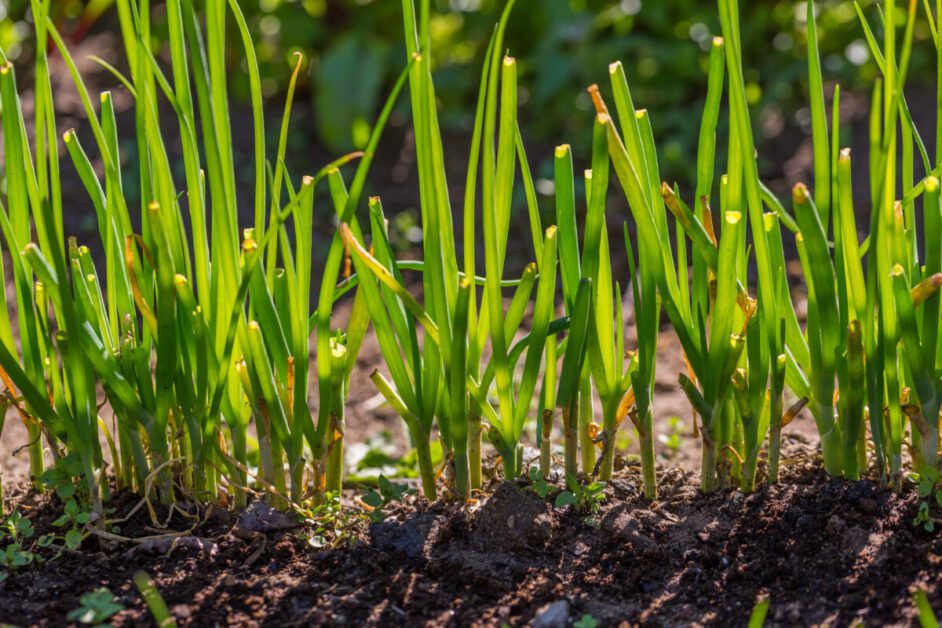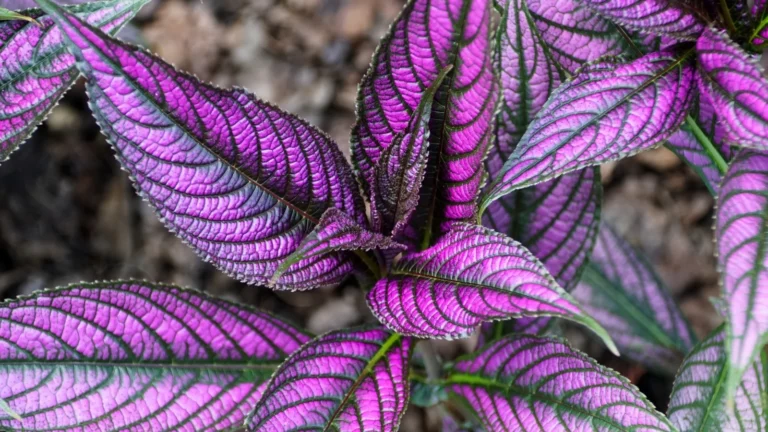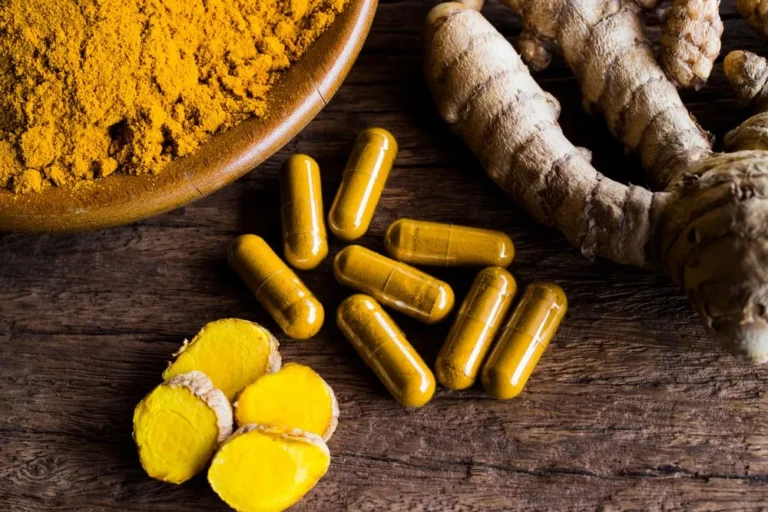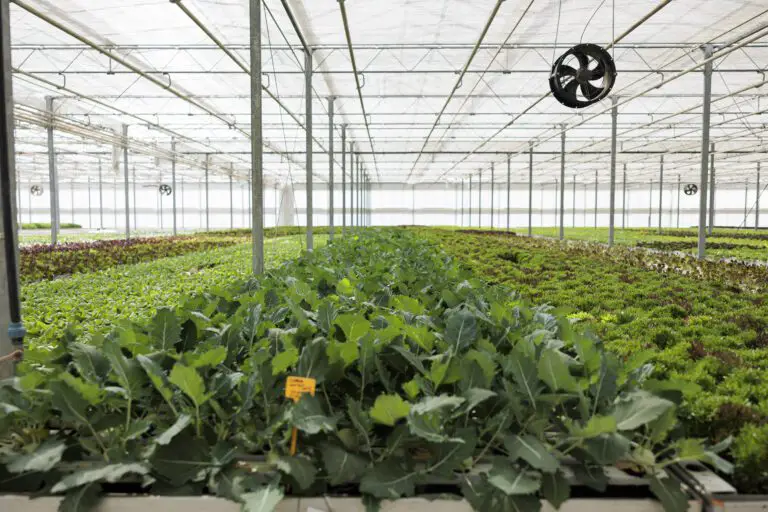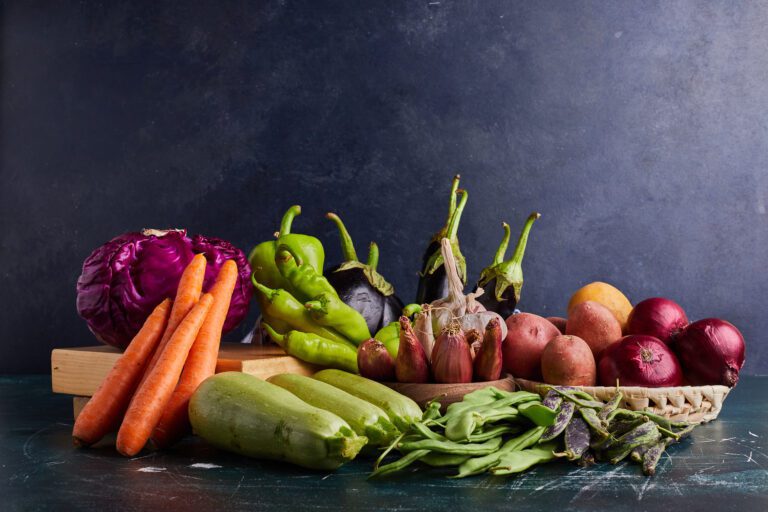Chive Cultivation: Easy Steps for Onion-Flavored Herbs
How to Choose the Right Chive Varieties for Your Garden
When selecting chive varieties for your garden, it’s essential to consider both culinary preferences and growing conditions. Common chive varieties include ‘Common Chives’ (Allium schoenoprasum), popular for its mild onion flavor and versatility in various dishes, and ‘Garlic Chives’ (Allium tuberosum), known for its subtle garlic taste, suitable for Asian cuisine and garnishes. Each variety offers unique flavors and aromas that can enhance your culinary creations, so choose based on your culinary needs and preferences.
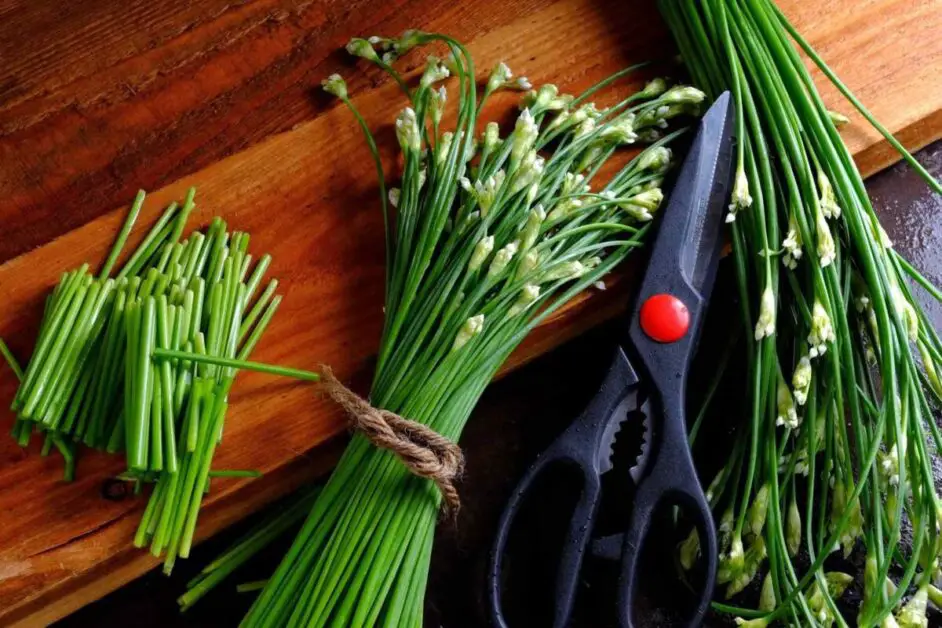
Additionally, take into account the climate and soil conditions in your garden when selecting chive varieties. Some chive varieties thrive in cooler climates, while others are more adaptable to warmer regions. Consider factors such as sunlight exposure, soil drainage, and pH levels to ensure the chosen chive variety can flourish in your specific growing conditions. By matching the chive variety with your gardening environment, you can set the stage for successful cultivation and a bountiful harvest of fresh, flavorful chives.
Ideal Growing Conditions for Chives
Chives thrive in well-draining soil that is rich in organic matter, with a pH level ranging from 6.0 to 7.0. These hardy herbs enjoy full sun to partial shade, making them versatile for various garden setups. In colder regions, planting chives in a location that receives ample sunlight can help promote their growth and resilience to frost.
When it comes to water requirements, chives prefer consistently moist soil but are susceptible to root rot if overwatered. It is crucial to strike a balance and ensure proper drainage to prevent waterlogged conditions. Mulching around chive plants can aid in moisture retention and weed suppression, contributing to their overall health and development.
Preparing the Soil for Chive Cultivation
When preparing the soil for chive cultivation, it is essential to start with a well-draining and nutrient-rich medium. Chives thrive in loamy soil with a pH level between 6.0 and 7.0, so it is recommended to test the soil beforehand and amend it if necessary to ensure optimal growing conditions. Incorporating organic matter such as compost or aged manure into the soil can help improve its structure and fertility, providing chives with the necessary nutrients for healthy growth.
Additionally, chives prefer a sunny location with at least 6-8 hours of sunlight daily. Before planting, ensure that the soil is free of weeds and debris that can hinder chive development. By preparing the soil thoughtfully and providing the right conditions, you can set the stage for successful chive cultivation and a bountiful harvest.
Planting Chive Seeds or Transplants
When planting chive seeds or transplants, it is essential to choose a sunny spot with well-draining soil. Chives thrive in full sun but can tolerate partial shade. Before planting, ensure the soil is loose and fertile, as chives prefer nutrient-rich conditions to establish strong roots and encourage vigorous growth. Adding compost or organic matter to the soil can improve its quality and provide essential nutrients for the plants.
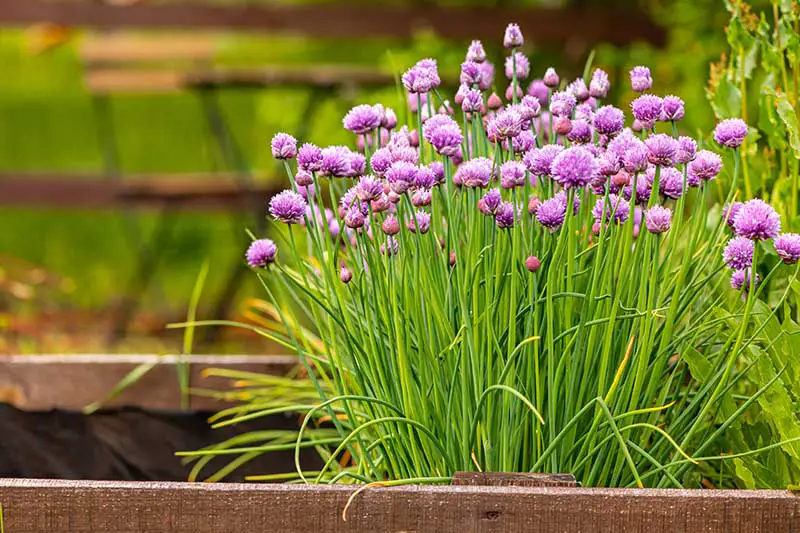
Whether you are starting from seeds or transplants, spacing is crucial when planting chives. Sow seeds or place transplants about 6-8 inches apart to allow room for the plants to spread as they grow. When planting seeds, cover them lightly with soil and keep them consistently moist until germination occurs. For transplants, gently remove them from their pots and place them in the ground at the same level they were previously growing. Water the newly planted chives thoroughly to help them settle into their new environment and promote healthy root development.
Watering Chives: Dos and Don’ts
When it comes to watering chives, it’s essential to strike the right balance. Chives prefer consistently moist soil, but they don’t like to sit in waterlogged conditions. Overwatering can lead to root rot, so be sure to allow the soil to dry out slightly between waterings. A good rule of thumb is to water chives when the top inch of soil feels dry to the touch.
On the other hand, underwatering can cause chives to wilt and become stressed. Aim to water deeply, making sure the moisture reaches the root zone. During hot summer months, chives may require more frequent watering to combat dehydration. Consider mulching around the plants to retain soil moisture and reduce the need for constant watering. By following these dos and don’ts, you can ensure your chive plants thrive and produce abundantly.
Fertilizing Chives for Optimal Growth
To ensure optimal growth and health of your chive plants, proper fertilization is essential. Chives are light feeders, meaning they do not require excessive amounts of nutrients to thrive. A balanced fertilizer, such as a 10-10-10 NPK (nitrogen, phosphorus, potassium) blend, can be applied sparingly to chive plants in the early spring as they start actively growing. Over-fertilizing can lead to lush foliage but fewer flavorful leaves, so it is crucial to follow recommended application rates.
Organic fertilizers, such as compost or well-aged manure, can also be beneficial for chive plants. These natural options provide slow-release nutrients that promote steady growth and enhance the flavor of the chives. Applying organic matter around the base of the plants in the fall can help enrich the soil for the upcoming growing season. Additionally, incorporating organic fertilizers into the soil before planting chive transplants or seeds can establish a strong foundation for healthy growth.
Pruning and Harvesting Chives
When it comes to chives, proper pruning and harvesting techniques are essential to ensure a bountiful yield. Pruning chives involves snipping off the leaves with sharp scissors or shears, starting from the outermost leaves and working your way inwards. Regular pruning helps promote new growth and prevents the plants from becoming scraggly or overcrowded. Harvesting chives should be done by cutting the leaves close to the base of the plant, allowing for regrowth and continued production throughout the growing season.
It is recommended to harvest chives in the morning when the leaves are at their freshest and most flavorful. Avoid overharvesting by never cutting more than one-third of the plant at a time, as this can weaken the chive plant and stunt its growth. By following proper pruning and harvesting practices, you can enjoy a continuous supply of fresh chives for culinary uses and enhance the overall health and vigor of your chive plants.
Dealing with Common Pests and Diseases in Chive Plants
When cultivating chive plants, it’s crucial to be vigilant against potential pests and diseases that can thwart their growth. Aphids, for instance, are a common nuisance for chives, feeding on the sap of the plant and causing stunted growth. To combat these tiny invaders, consider using insecticidal soap or introducing natural predators like ladybugs to keep the aphid population in check. Additionally, keep an eye out for white rot, a fungal disease that thrives in damp conditions and can quickly spread among chive plants. To prevent the onset of white rot, ensure proper air circulation around the plants and avoid overwatering, as excess moisture creates a hospitable environment for this troublesome fungus.
Another threat to chive plants is downy mildew, a fungal disease characterized by fuzzy white growth on the leaves. This pathogen thrives in humid environments and can rapidly devastate an entire chive crop if left unchecked. To tackle downy mildew, practice good sanitation by promptly removing and disposing of infected plant material. Consider applying fungicides labeled for use on edible herbs to help control the spread of the disease. Implementing proper spacing between chive plants can also aid in increasing airflow, reducing humidity levels, and minimizing the risk of downy mildew development. Stay vigilant in monitoring your chive plants regularly to swiftly address any signs of pests or diseases before they escalate and compromise the health of your crop.
The table below shows the pests and diseases of chives and how to deal with them:
| Pest/Disease | Symptoms | Prevention | Treatment |
|---|---|---|---|
| Aphids | Stunted growth, curled leaves, sticky residue. | Regular inspection, companion planting with repellant plants like marigolds. | Insecticidal soap, neem oil, or introducing natural predators like ladybugs. |
| Thrips | Silvering or bronzing of leaves, tiny insects visible on leaves. | Keep the garden clean, use reflective mulch. | Insecticidal soap, neem oil, predatory mites. |
| Whiteflies | Yellowing leaves, tiny white insects when disturbed. | Yellow sticky traps, introduce natural predators. | Insecticidal soap, neem oil, introducing beneficial insects like parasitic wasps. |
| Leaf Spot | Dark lesions on leaves, yellowing, premature leaf drop. | Proper spacing for air circulation, avoid overhead watering. | Fungicidal sprays, copper-based fungicides. |
| Downy Mildew | Yellowing, wilting, and fuzzy, grayish growth on leaves. | Adequate spacing, proper watering (avoid overhead). | Fungicidal treatments, copper-based fungicides. |
| Root Rot | Wilting, yellowing, stunted growth, and a foul smell. | Well-draining soil, avoid overwatering. | Improve drainage, replant in healthy soil, use fungicides. |
| Onion Maggots | Wilting, yellowing, and general decline of the plant. | Crop rotation, use of floating row covers. | Insecticidal drench, beneficial nematodes. |
| Chive Rust | Orange, yellow, or brown pustules on leaves. | Plant resistant chive varieties, provide good air circulation. | Fungicidal treatments, remove and destroy infected leaves. |
Propagating Chives: Tips for Success
When propagating chives, there are several tips to maximize success. One effective method is division, where established chive clumps are carefully split into smaller sections, each containing roots and shoots. This process not only helps rejuvenate overgrown plants but also allows for the creation of more chive plants to expand your garden. Another propagation technique is through stem cuttings, where healthy chive stems are cut from the parent plant and planted in a suitable growing medium. Ensuring the cuttings have a node where roots can develop will increase the chances of successful propagation.
Additionally, propagating chives from seeds can be a rewarding experience. Sowing chive seeds in well-draining soil and keeping them consistently moist until germination occurs is crucial for their development. Once the seedlings have grown to a suitable size, they can be transplanted into the garden or larger containers for continued growth. Proper care and attention during the propagation process can lead to a bountiful harvest of fresh chives for culinary use and aesthetic appeal in your garden.
Container Gardening Chives: What You Need to Know
When it comes to container gardening chives, there are a few key factors to consider for successful growth. Choosing the right container is essential; opt for a pot that is at least 12 inches in diameter and has good drainage to prevent waterlogging. Chives thrive in well-draining soil, so a mix of potting soil and perlite can create an ideal growing medium. Place the container in a location that receives at least 6 hours of sunlight daily, as chives require ample sunshine to flourish.
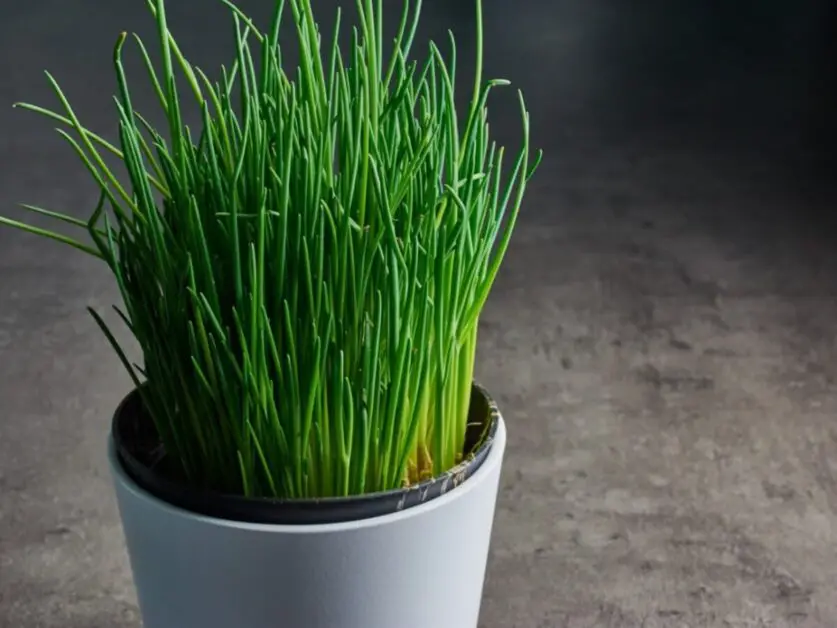
Regular watering is crucial for container-grown chives, but overwatering can lead to root rot. Water the plants when the top inch of soil feels dry to the touch, and ensure excess water can drain freely from the container. Fertilize your chives every 4-6 weeks during the growing season with a balanced liquid fertilizer to support healthy growth. Additionally, rotate the container every few days to promote even sunlight exposure, leading to more uniform and robust chive growth.
Overwintering Chives: Protecting Your Plants in Cold Weather
When the cold weather approaches, it’s essential to take the necessary steps to protect your chive plants from the frost and chill. Overwintering chives can be relatively straightforward with the right preparations. Insulating the soil around the chives with a thick layer of mulch can help regulate the temperature and protect the roots from freezing. Consider using materials like straw, leaves, or pine needles for effective insulation and protection during the winter months.
In addition to mulching, you may also want to consider covering your chive plants with a breathable fabric or frost cloth on particularly chilly nights. This additional layer can provide extra protection against frost damage and help maintain a stable temperature around the plants. Remember to remove the coverings during the day to allow for proper air circulation and sunlight exposure. By implementing these strategies, you can help ensure the health and vitality of your chive plants throughout the colder months.
Using Chives in Cooking and Recipes
Chives are a versatile herb that can add a burst of flavor and a pop of color to a wide range of dishes. Whether you are making soups, salads, omelets, or dips, chives can be the perfect finishing touch to elevate the taste and presentation of your culinary creations. With their mild onion flavor, chives can complement both savory and sweet dishes, making them a must-have herb in any kitchen.
When using chives in your cooking, it’s important to remember that their delicate flavor is best preserved when added towards the end of the cooking process. This ensures that their fresh taste and vibrant color are not lost during prolonged exposure to heat. From garnishing a bowl of creamy potato soup to sprinkling over a grilled salmon fillet, chives can effortlessly enhance the visual appeal and taste of your dishes. Experiment with different ways to incorporate chives into your recipes, and let their bright and aromatic profile take your culinary creations to the next level.
Preserving Chives for Year-Round Enjoyment
Preserving chives is a wonderful way to enjoy the fresh flavor of this versatile herb throughout the year. One popular method of preserving chives is by freezing them. To do this, chop the chives into desired lengths and place them in an airtight container or freezer bag. Another method is to freeze chopped chives in ice cube trays with a little water, making it easy to add them to soups, stews, or sauces.
Drying chives is another effective way to preserve their flavor for long-term use. To dry chives, simply tie them in small bunches and hang them upside down in a dry, well-ventilated area. Once dried, store the chives in an airtight container in a cool, dark place. Alternatively, you can use a dehydrator to dry chives quickly and efficiently. Whether frozen or dried, preserved chives will bring a burst of fresh flavor to your culinary creations even when they are out of season.
Health Benefits of Chives
Chives are not only a flavorful addition to your culinary creations but also offer a range of health benefits. These slender green herbs are packed with essential nutrients, including vitamins A, C, and K, as well as minerals like calcium, iron, and magnesium. Vitamin A is crucial for maintaining healthy vision and immune function, while vitamin C is known for its antioxidant properties that help protect the body from oxidative stress.
In addition to their vitamin and mineral content, chives contain allicin, a compound that has been linked to various health benefits. Allicin is known for its antimicrobial and anti-inflammatory properties, which can support overall health and wellbeing. Including chives in your diet can help boost your immune system, reduce inflammation, and promote heart health. With their vibrant flavor and array of health-supporting properties, chives are a valuable addition to any diet.
The chart below shows some of the benefits of consuming chives:
| Health Benefit | Description |
|---|---|
| Rich in Nutrients | Chives are a good source of vitamins A, C, and K, as well as minerals like iron and calcium. |
| Antioxidant Properties | Contains antioxidants, such as quercetin and allicin, which may help protect cells from damage. |
| Heart Health | Allicin in chives may contribute to cardiovascular health by helping to lower cholesterol levels. |
| Digestive Health | Chives may aid digestion and promote a healthy gut due to their fiber content. |
| Immune System Support | Vitamin C in chives plays a role in immune function, helping the body fight off infections. |
| Blood Pressure Regulation | Potassium in chives helps regulate blood pressure and fluid balance in the body. |
| Cancer-Fighting Potential | Some studies suggest that the compounds in chives may have anti-cancer properties. |
| Weight Management | Low in calories and rich in flavor, chives can be a nutritious addition to a low-calorie diet. |
| Antibacterial Properties | Allicin in chives has natural antibacterial properties, potentially helping to fight infections. |
Creative Ways to Use Chives Beyond the Kitchen
Chives, with their delicate onion flavor and vibrant green color, can offer more than just culinary delights. Beyond the kitchen, chives can be used creatively in various ways to enhance both the visual appeal of your garden and even your overall well-being. One innovative way to incorporate chives is by infusing them into oils or vinegars. By steeping chive blossoms or finely chopped chives in oil or vinegar, you can create flavorful infused liquids that can elevate your salads, marinades, or even homemade dressings. The infusion process allows the essence of chives to mingle with the oil or vinegar, imparting a subtle yet distinct taste that can add depth to your dishes.
Another non-traditional yet beneficial use for chives is in natural pest control. Chives contain compounds that act as natural insect repellents, making them a valuable addition to your garden beyond their culinary appeal. Planting chives near vulnerable plants can help deter pests like aphids, Japanese beetles, and carrot flies, effectively protecting your garden produce without the need for harsh chemicals. This natural pest repellent property of chives not only promotes a healthier garden ecosystem but also aligns with eco-friendly gardening practices, contributing to a more sustainable approach to cultivation.
Learn more about chives by watching this video.
Can chives be used for anything other than cooking?
Yes, chives can be used in various creative ways beyond the kitchen. They can be used as a natural pest repellent in your garden, added to homemade soaps for a fresh scent, or even used to make chive-infused oils for skincare products.
Are there any medicinal uses for chives?
Chives have been used in traditional medicine for their potential health benefits. They are believed to have antibacterial and antiviral properties, and may help with digestive issues and inflammation.
Can chives be used to make natural dyes?
Yes, chives can be used to create a natural purple dye. Simply boil chopped chive leaves in water, strain out the solids, and use the liquid to dye fabric or eggs.
How can chives be used for home decor?
Chives can be dried and used in potpourri for a fresh, herbal scent. You can also create chive bouquets or wreaths to add a natural touch to your home decor.

